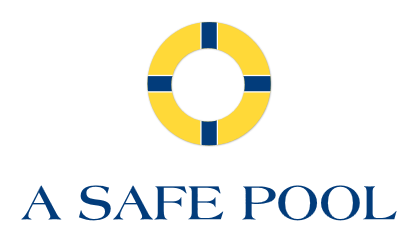If you’re a special needs parent, information on kids with hearing impairment, physical limitations, or autism and water safety can be hard to come by. Most articles and blogs are written without guidance for those who are trying to instill the importance of water safety in differently-abled children. This can lead to a feeling of exclusion at best, and at worst can create ableist behavioral patterns without pool owners or operators being aware. There are ways you can help your special needs child to be safer around the water and build a safer pool area yourself, and it all starts with you.
Your Child’s Best Caregiver
As their parent, you are the person most familiar with your child’s development, abilities, and limitations. That puts you in the best position to help moderate their development of water skills. With autism, water safety and an over-stimulating environment might call for a need to reduce distractions or take a break from activities before continuing. The upside of this is that, while some programs may not be designed for your child, an informed, engaged parent can help them get the most out of their opportunity. If taking lessons, talking to the instructor about your concerns beforehand is a good idea. With self-directed water safety activities, you can make sure the pace of the lesson is geared to ensure a high-quality learning experience.
How To Teach A Special Needs Child About Water Safety
As with most learning, there aren’t ‘right or wrong’ methods, but there are successful and unsuccessful ones. If a training method is causing too much stress to you or your child, then take a look at other options. These are meant as general guidelines to help them get the most out of learning activities.
- Start Early – Water safety and autism, hearing impairment, and other special needs are easier to implement when you start cultivating safety consciousness early. Children do best with familiar settings, activities, and concepts, so introducing them to fun, relaxing water time with the whole family from an early age can help them feel more comfortable and confident around water. Confidence is one of the best defenses against panic, and making the pool a familiar setting will also help keep it from being over stimulating due to unfamiliar sensations.If you’re looking for a way to begin introducing your child to water, you can begin slowly, such as with picture books, stories, and recorded pool sounds. If bath time is a favorite, letting them try out their swimsuit in the tub can be a way to familiarize them to activities, as can a small wading pool before braving the big backyard swimming area. It also creates a controlled introduction that may be beneficial for teaching water safety to kids with autism and other conditions that can lead to them being easily overwhelmed.
- Enroll Them In Swimming Classes – Swimming classes don’t just teach children how to swim; they can teach important socialization rules. This can help children who have problems picking up on social cues start off on the right foot. Many pools that offer lessons will have periodic classes for special needs children that may be more comfortable and welcoming for both the child and parent. If not, there’s a good chance the instructor has taught kids with hearing impairment, physical limitation, or autism before, and water safety is an important subject for everyone to learn.
- Talk To Them About Pool Dangers – There is a fine line between healthy respect and fear, and that line applies to hot stoves, uncovered outlets, and swimming pools. Make sure your child understands that swimming should only be done with permission and supervision from a responsible adult. Talk to them about common water hazards, and how to avoid them.One great way to do this is to make it a game so they can practice. Create a “pool” with masking tape, or use a wading pool for practice, and help them learn how to ask and wait for adult help in a fun manner. It can be a great way to engage their young minds, whether they’re non-visual, non-verbal, or hearing impaired.

- Secure Your Pool Area – No security measure is a replacement for supervision, but adding safety features to your pool area can help prevent curious children from slipping away and accessing the pool without a parent’s knowledge. Many Cities, states, homeowners associations, and insurance carriers require a fence to surround a backyard pool. This pool safety fencing should resist climbing or tearing, have no gaps that allow children to slip through, around, or underneath, and have a self-closing, self-latching gate.In addition, pool safety covers that are firmly anchored to the decking can provide a second physical barrier. These covers resist entanglement and can hold several hundred pounds of weight above the water. This is meant to prevent access to the water from an unsupervised or stumbling child, who can then crawl or be helped to the pool’s edge, out of harm’s way.
Helping Create Safer Pools
Kids with special needs or autism and water safety absolutely do go together. With the right accommodations, they can learn to be comfortable in the pool, have fun, and be great swimmers. If you need help designing the water safety features that will help secure your pool, contact A Safe Pool today.
